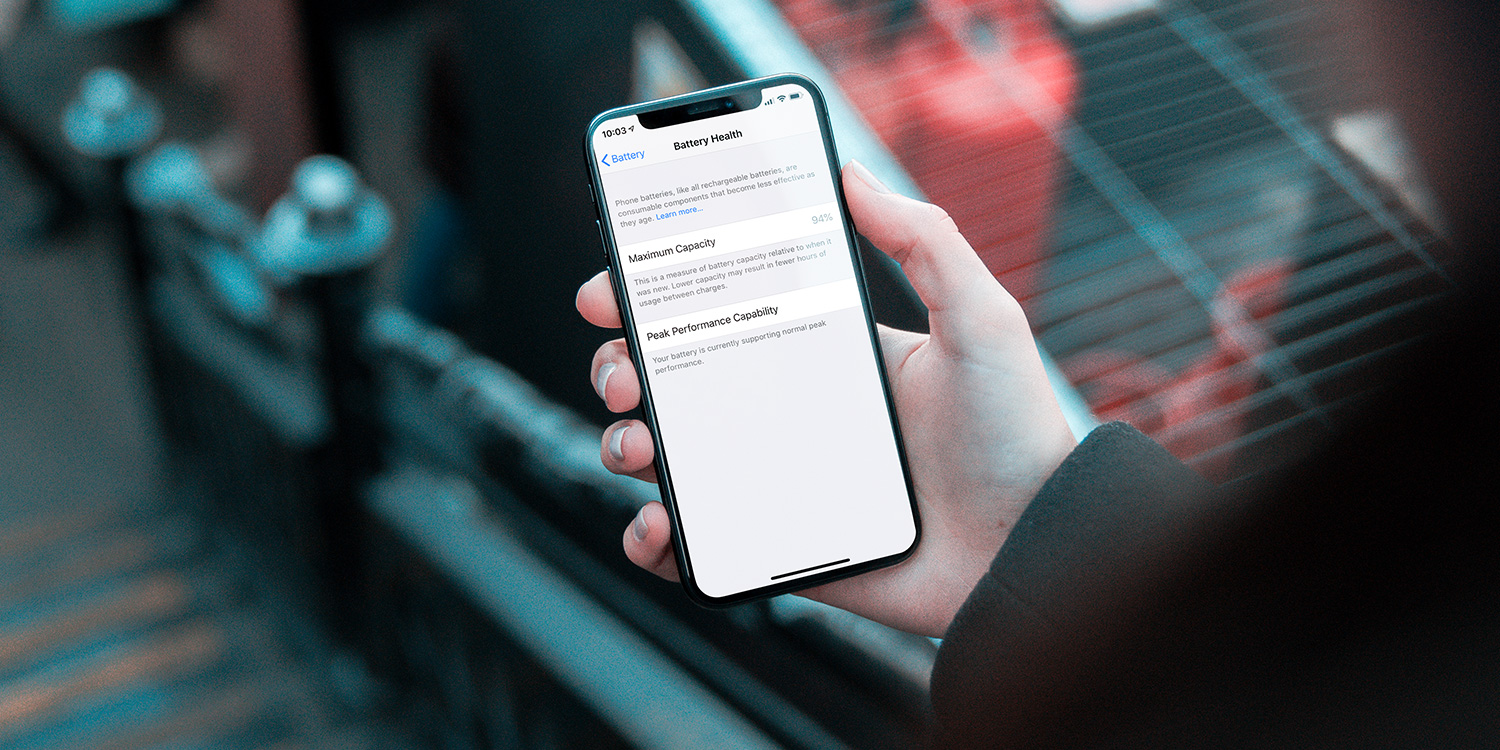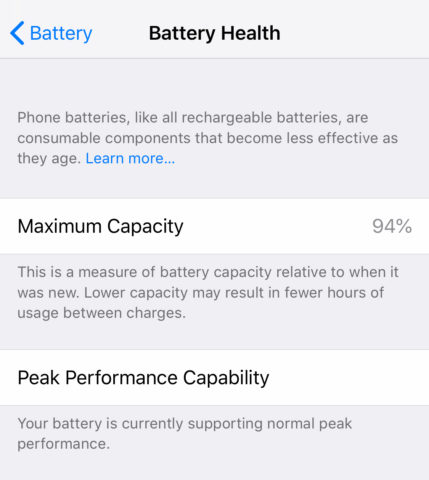Apple adds performance management (forced slowdown) to 2017 iPhones
Remember #iPhoneSlow, the controversial admission Apple made last December that it throttles the performance of certain iPhone models? Well, it’s back. Kind of.
This power management feature kicks in once the battery is worn down to a degree that it can no longer cope with high-performance tasks without running the risk of a random device shutdown. Apple said at the time that its newer devices featured battery improvements which made performance throttling unnecessary, but with the release of iOS 12.1 this week it seems to have reversed that decision. Last years devices (iPhone 8, iPhone 8 Plus, iPhone X) now include this feature as standard.
In theory, this is a useful feature – battery degradation in natural for all devices, and we’d imagine most users would rather have a device that gets slightly slower over time than one that shuts off randomly. What got Apple in hot water the first time around was the fact that all this was done more or less secretly, without giving the user any choice over how the feature worked. It’s odd to see this mistake repeated, as Apple has once again quietly added this feature to more devices in the footnotes of an iOS update. And what happened to the hardware improvements that were supposed to make this whole process unnecessary?
Still, it’s not all doom and gloom. We’re actually glad this feature exists, but we’re not so sure it should be activated by default. Luckily Apple added some useful battery-checking functions earlier this year, which you can access from Settings > Battery > Battery Health. This is where you’ll find the current maximum capacity of your battery so you can keep track of how it degrades over time. (As a rule of thumb, you don’t need to worry until it dips below 80%.) When it gets low enough that performance throttling kicks in, this page will not only tell you about it (under Peak Performance Capability) but allow you to switch it off.
You’ll also get a recommendation when it’s time to replace the battery – a service which Apple is offering for just $29 until the end of 2018. Replacing the battery is the only real way to return an aging device to peak performance, and it’s much cheaper than buying a whole new iPhone. Even if your battery health is still looking pretty peachy, it might be worth grabbing a replacement battery before the year is out to elongate the lifespan of your iPhone!


